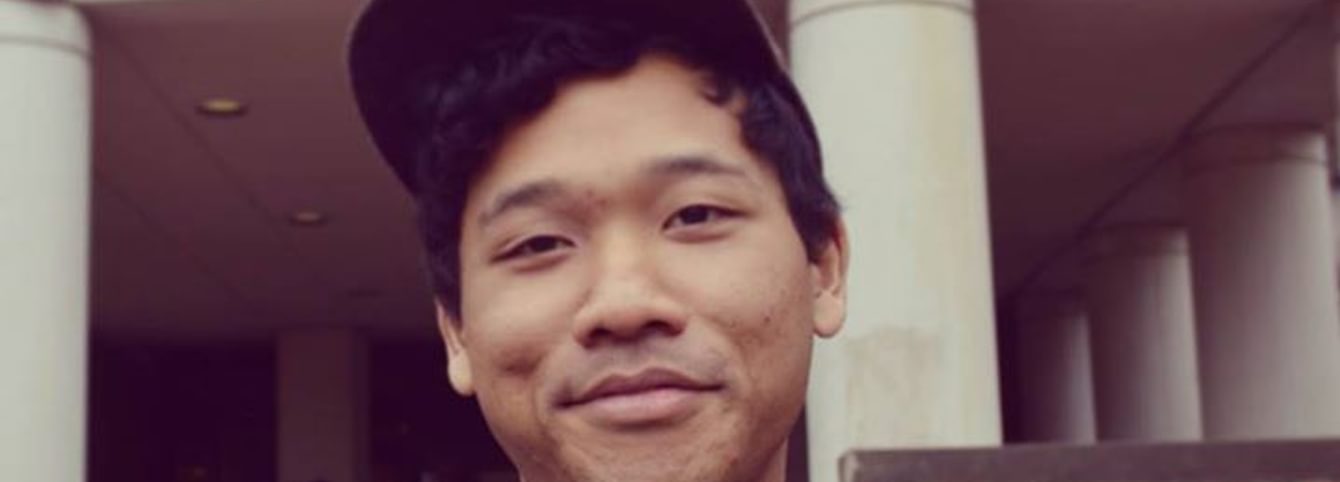By Max Nikoolkan (Jeonju, South Korea '11 and '12)
My experiences with the Critical Language Scholarship Program have benefited me in more ways than enumeration can do justice, but most intimately with my work in Asian-American advocacy and community building.
I participated in the CLS Korea program in 2011 and in 2012, both times in Jeonju, South Korea. I also served as the CLS 2012 Korean Alumni Ambassador. In between my CLS programs, I studied abroad for a semester at Yonsei University in Seoul, South Korea.
During my time as an Alumni Ambassador, I gave CLS presentations around the Virginia Tidewater area and used an Alumni Development Fund award to bring Korean language books to the Korean Language Program at the College of William and Mary, which is run by student volunteers.
Learning Korean with the CLS Program was significant for my work as founder and director of the Asian-American Student Initiative at William and Mary (AASI@WM). This is a student organization that aims to further Asian-American studies and promote Asian-American advocacy at America's second-oldest institution of higher education.
Learning Korean has enabled me to communicate not only with native South Koreans but also with Korean Americans and Korean international students. Effectively utilizing my language skills to listen (sometimes eavesdrop) in on conversations has illuminated the similarities and differences between Korean Americans and Korean international students.
Moreover, I have used my speaking skills to interview different Korean communities about their opinions on American life, immigration, and acculturation. Through these discussions and interviews, AASI@WM developed projects related to highlighting the differences between not only Koreans and Korean Americans, but also the larger category of Asians and Asian Americans.
We used the insights from these discussions in a photoblog campaign on the AASI@WM Facebook page entitled "Faces of Asian Americans at William and Mary." The project took place in April, just before the start of Asian-Pacific American Heritage month at the beginning of May. Thus, the Korean cultural and linguistic skills I gained from CLS became immediately useful for the work I did with the APA community, aiding me in understanding how cultural shifts enrich the APA community.
If Asian-American or Pacific Islander students feel they want to do similar advocacy work, or if they want to improve access to education and scholarships within their communities, my best suggestion is to learn a language spoken by one of the APA communities you aren't familiar with, even if this means reconciling with the notion that you are attempting to (re-)learn your "mother" tongue. The language-learning struggle lets you hone in on a narrative that parallels what many Asian immigrant communities have had to face when coming to America—learning a completely foreign tongue in a world completely different from what is familiar. Going through the language-learning struggle can aid students in understanding the difficulty of linguistic and cultural barriers, not only for themselves, but for all communities they work with. If you want to improve your community, you must understand how they have come to be, and participating in the CLS Program is a perfect opportunity to form such an understanding.
Finally, for those students who are hesitant about applying or participating in the CLS Program, especially for the Asian languages, I would first and foremost say that you have nothing to lose and everything to gain. The growth and knowledge you gain over the program is invaluable in comparison to any one worry of how the program may unfold.
Two videos about the photoblog project "Faces of Asian Americans at William and Mary" are available on YouTube:


